Welcome to The Polymer Report—your go-to resource for everything related to sealing solutions and material technologies. Whether you’re looking to grasp the fundamentals or dive into advanced technical insights, we offer a comprehensive collection of knowledge tailored to engineers at every level.
Join us as we explore, learn, and shape the future of the industry together.
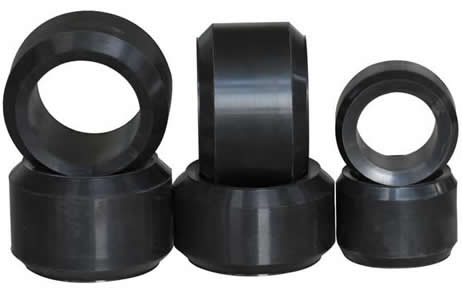
Designing frac plugs that hold up under pressure isn’t getting any easier. With tighter budgets, higher stage counts, and tougher downhole conditions, every detail in your element design starts to matter a lot more. And when it comes to rubber packers, even small geometry tweaks can make the difference between a reliable seal and a costly failure.
To help cut through the guesswork, I broke down a recent FEA-backed study that looked at how rubber thickness, height, hardness, and core design impact sealing performance. No fluff—just the data that matters, plus takeaways you can actually apply to your next design.
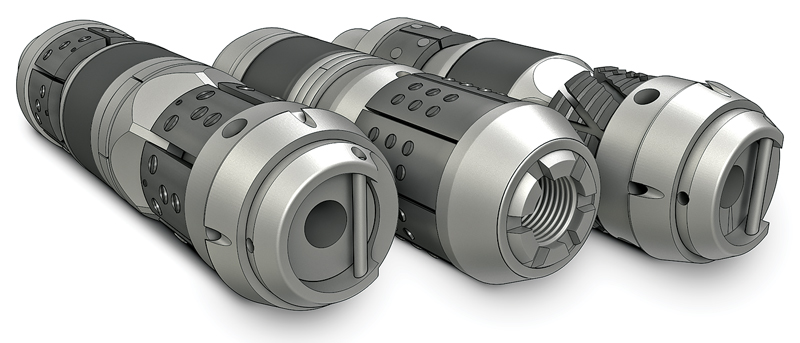
Hydraulic fracturing is a tough game right now. Everyone’s under pressure to cut costs, and for frac plug manufacturers, it can feel like a never-ending race to the bottom. But performance? That still has to be top-notch. There’s no room for failure when your tools are dealing with 10,000 psi, 225°F heat, and constant radial extrusion risk.
To help make sense of how to meet those demands without blowing the budget, I put together a breakdown on what really matters when formulating nitrile rubber for frac plug elements: how to balance performance with cost, what goes into a smart compound, and which material choices actually hold up in real-world conditions.

Fiber reinforcements have revolutionized the capabilities of elastomer materials, making them indispensable in industries ranging from automotive to aerospace. By integrating fibers such as glass, carbon, or aramid into rubber matrices, these materials achieve unmatched durability, strength, and performance under extreme conditions. In this blog post, we delve into the mechanics of fiber reinforcement, the variety of fibers used, and the innovative processing techniques that are shaping the future of elastomer composites. Whether you’re a mechanical engineer or a curious industry enthusiast, this comprehensive guide offers valuable insights into the transformative potential of fiber-reinforced elastomers.
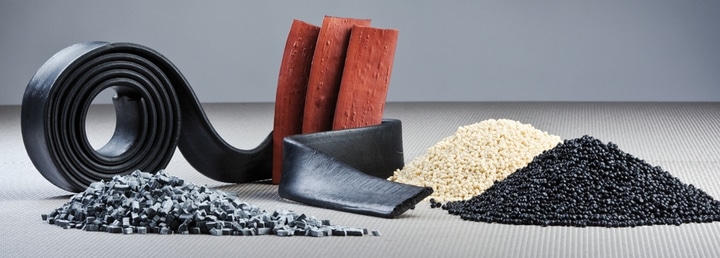
Selecting the ideal rubber compound is essential for ensuring performance, durability, and compliance across various industries. In this comprehensive post, we explore 16 different rubber materials, detailing their properties, strengths, weaknesses, applications, and future advancements in rubber technology. Whether you’re an engineer, designer, or industry professional, this guide will equip you with the insights needed to make informed decisions for your specific sealing needs.

Discover how rubber and plastic seals interact with metal surfaces. In addition, learn about material properties, surface finish recommendations, and practical tips for enhancing sealing performance.

Unlock the secrets to effective thermal management in rubber components with our latest blog post. We explore critical thermal properties like thermal resilience, thermal fatigue, and low thermal conductivity, providing valuable insights for engineers across industries such as automotive, aerospace, and electronics. In addition, learn best practices for material selection, design strategies, and advanced thermal analysis techniques to ensure your rubber components perform reliably under varying temperature conditions.

Today, we’re wrapping up our exploration of mechanical properties by diving into two key topics: impact strength for plastics and tear resistance for rubber. In this post, we’ll look at how these properties help materials survive sudden forces, such as a plastic’s ability to withstand shock impacts or rubber’s durability in preventing small tears from turning into larger problems. We’ll discuss the tests used to measure these properties, explain why tensile strength alone doesn’t tell the full story, and highlight the materials that excel in handling the tough demands of real-world conditions.

Welcome back to our series, “From Data Sheets to the Real World: A Practical Guide to Material Properties.” In this post, we’re diving into flexural properties, which are often overshadowed by tensile strength but are just as critical in real-world applications. We’ll explore flexural strength and modulus, explaining why they’re key for materials facing bending forces, such as in aerospace and automotive components. You’ll also discover why tensile strength alone isn’t enough to predict how materials will handle bending stresses. Plus, we’ll highlight some of the best materials, like carbon fiber and G10 fiberglass, that excel in flexural performance for demanding environments.

In this post, we explore the critical compressive properties of materials that play a pivotal role in ensuring the structural integrity and performance of various components under load-bearing conditions. We delve into key properties such as compressive strength, compressive modulus, and compression set, and how they are evaluated using industry-standard testing methods. Additionally, we highlight real-world applications where these properties are crucial, such as in seals, gaskets, and structural supports.

In this post, we’ll dive into the key tensile properties you’ll find on material data sheets, such as tensile strength, elongation at break, and modulus of elasticity. We’ll also explore how these properties are measured, the standards that guide these measurements, and how various external factors can impact tensile performance. Whether you’re designing a product or selecting materials for a specific use case, this guide will equip you with the knowledge to make informed decisions.
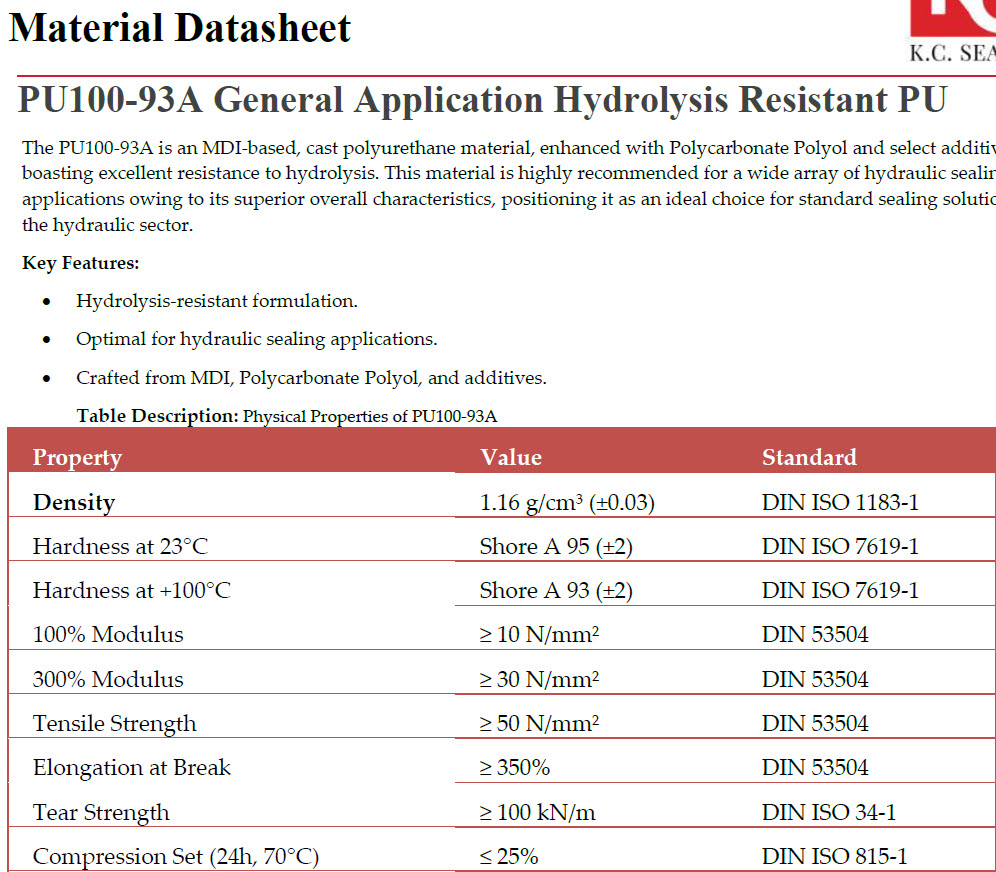
Selecting the right material for sealing applications is a crucial task for engineers, ensuring the durability and effectiveness of seals in various environments. While material data sheets provide valuable insights, applying this theoretical data to real-world scenarios can be challenging. Our blog series, “From Data Sheets to Real World: A Practical Guide to Material Properties for Sealing Products,” addresses this challenge by offering a comprehensive exploration of key material properties and their practical implications.
In this post, we dive into a core principle of material science—understanding stress and strain. Mastering these concepts is crucial for interpreting tensile and compressive properties, enabling engineers to accurately predict how materials will behave under various conditions.

Packer elements are crucial in maintaining well integrity in gas wells, providing reliable seals under extreme conditions. However, CO2 corrosion poses a significant threat to these elements, especially under compressive stress. A recent comprehensive study has given us valuable insights into the performance of hydrogenated nitrile butadiene rubber (HNBR) and nitrile rubber (NBR) in such environments. Here, we summarize the study’s findings and offer recommendations for engineers in the selection and maintenance of packer elements for gas wells.

In the world of mechanical systems, small and cost-effective components can have significant impacts. The tragic loss of the Space Shuttle Challenger on January 28, 1986, due to the failure of an O-ring, highlights the critical importance of these seemingly minor parts. This incident serves as a powerful reminder of their essential role in ensuring system integrity.

A frequent question in the Oilfield industry is whether to use Elgiloy or 316 stainless steel for spring energized seals. This post will explore the specific conditions under which Elgiloy is the preferred choice due to its superior resistance to certain corrosive media in oilfield applications.
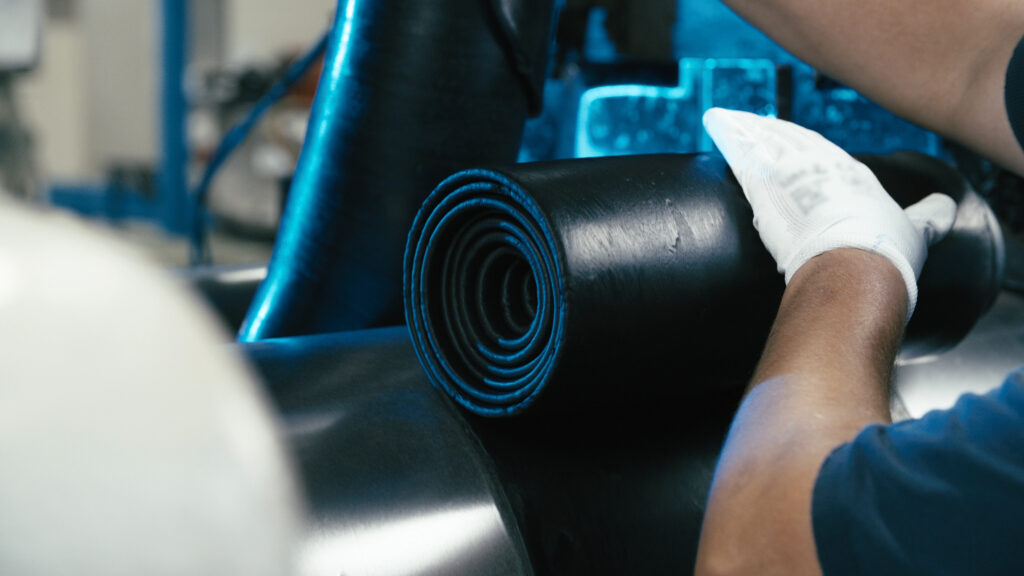
Hydrogenated Nitrile Butadiene Rubber (HNBR) is renowned for its toughness and resistance to heat, oil, and various chemicals. However, its effectiveness against hydrogen sulfide (H2S) significantly depends on the amount of Acrylonitrile (ACN) content and the mix of fillers, softeners, and curing agents used. This post explores the complex interplay of these factors and their impact on HNBR’s performance in harsh H2S environments.

In our latest blog post, we explore the tragic Deepwater Horizon disaster, examining how critical seal failures contributed to the catastrophe and highlighting essential preventive measures for future safety in drilling operations. Discover the vital role of robust sealing mechanisms in preventing such devastating incidents.
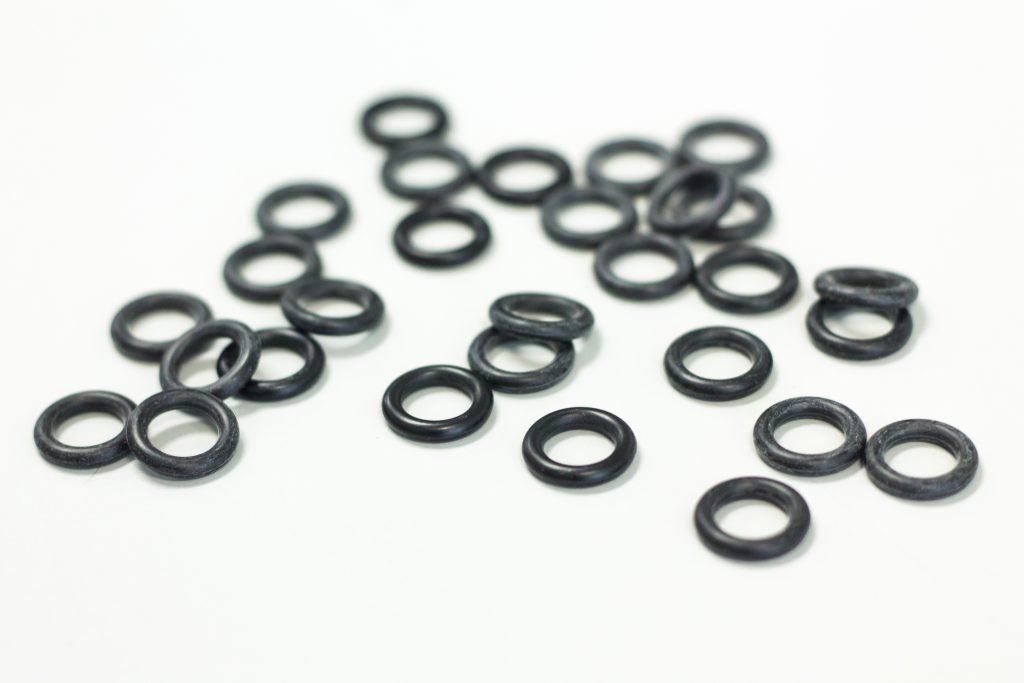
In this post, we’ll dive into the top 10 O-ring failures, uncovering why they happen and, more importantly, how to fix them, transforming you into a sealing superstar!
